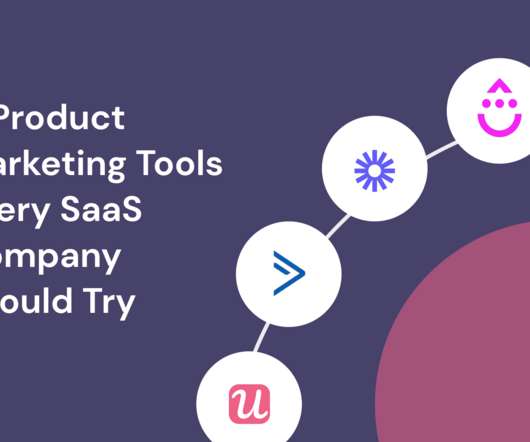Smart Glass Product Review – Jio Glass, Apple Glass, Google Glass, Etc.
The Basics of Product Management
JULY 21, 2020
Smart Glasses are the latest craze in the world of wearable tech. We will review each smart glass available today, including the newest entrant, Jio Glass. However, it is important to note that the market for these products is still unproven. How can an oil company pivot to technology? Reliance Jio Glass.















Let's personalize your content